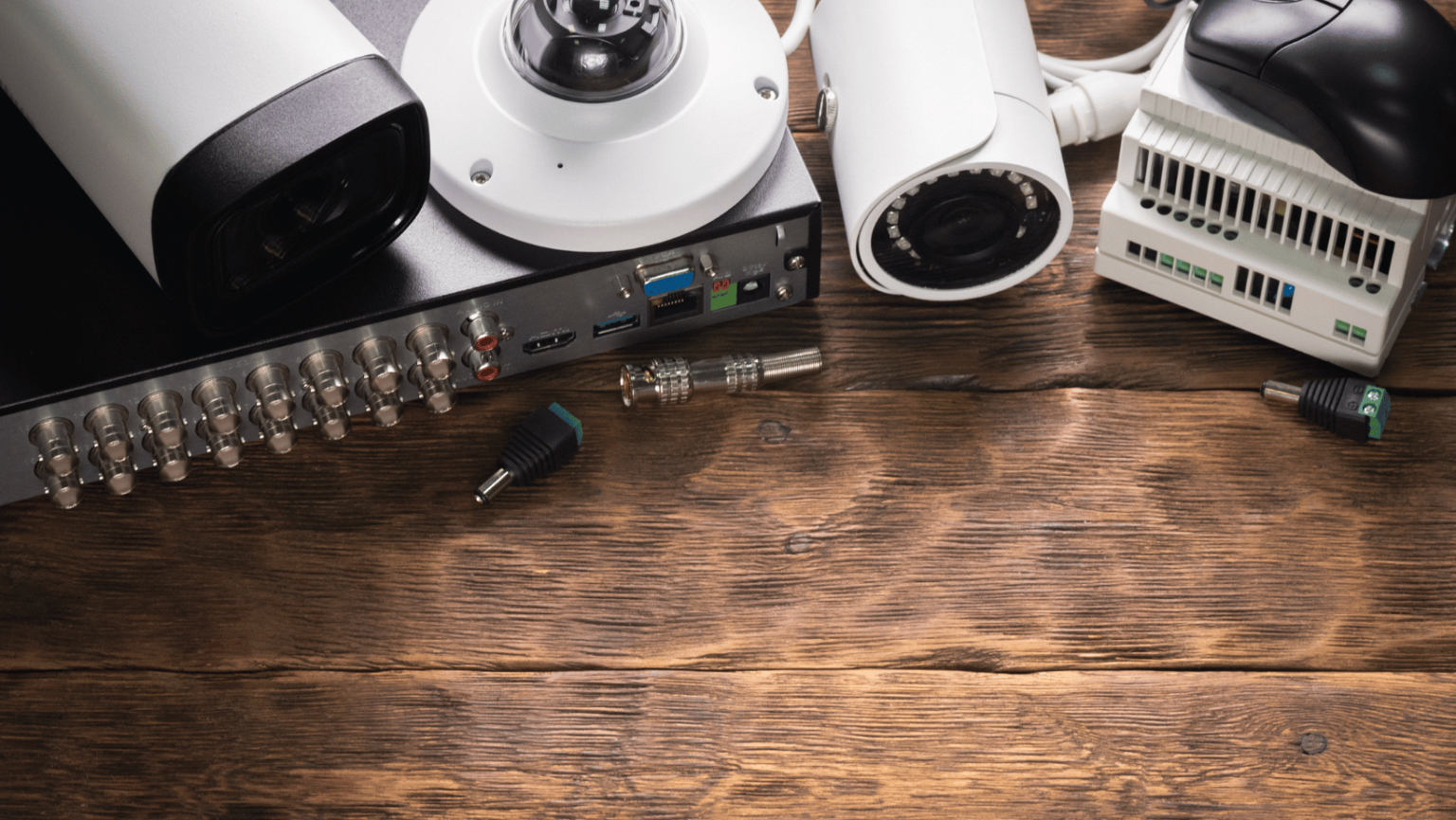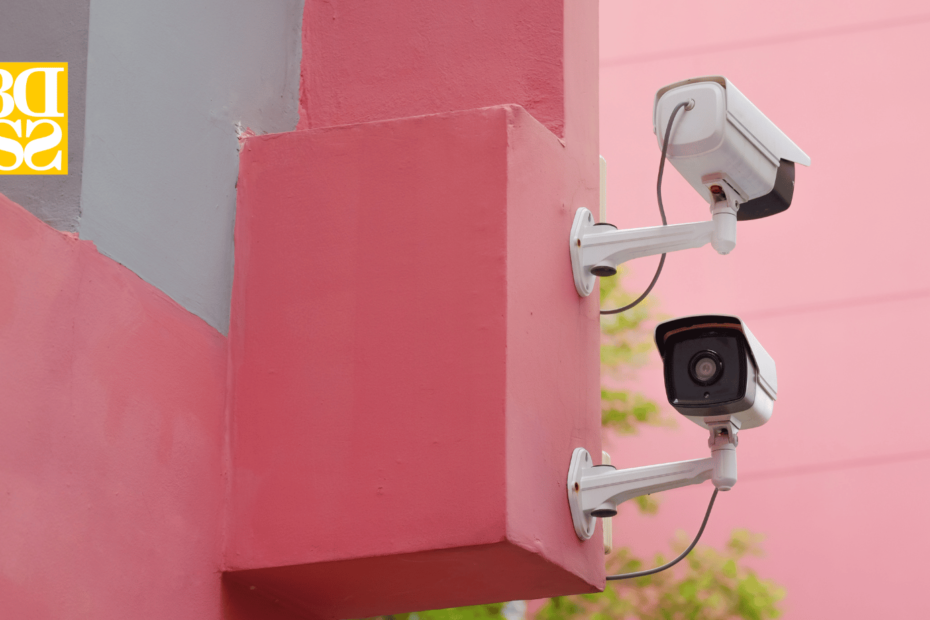
What is AHD Camera?
AHD stands for Analog High Definition, and an AHD camera is a type of analog camera that captures video at a high resolution of up to 1080p. It uses coaxial cables to transmit the video signal to a DVR (Digital Video Recorder) for storage and monitoring. AHD cameras are a popular choice for surveillance systems as they provide high-quality video footage at an affordable price, and they are compatible with existing analog CCTV systems. AHD cameras can be used in both indoor and outdoor settings, and they come in a variety of shapes and sizes, including dome, bullet, and PTZ (pan-tilt-zoom) cameras.
What are the Benefits of an Endroid USA AHD CCTV Camera?
There are several benefits of AHD (Analog High Definition) cameras compared to other types of cameras, including:
High-quality video: Endroid USA AHD CCTV cameras capture video at a high resolution of up to 1080p, providing clear and detailed footage. This can be especially useful in identifying people or objects in the video.
Easy installation: Endroid USA AHD CCTV cameras use coaxial cables, which are easy to install and can transmit video over long distances without loss of quality.
Compatibility with existing systems: Endroid USA AHD CCTV cameras are compatible with existing analog CCTV systems, so you can upgrade your system without having to replace all of your cameras and wiring.
Cost-effective: Endroid USA AHD CCTV cameras are an affordable option compared to other high-definition cameras, making them a popular choice for businesses and homeowners.
Wide range of options: Endroid USA AHD CCTV cameras come in a variety of shapes and sizes, including dome, bullet, and PTZ (pan-tilt-zoom) cameras, allowing you to choose the type that best suits your needs.
Easy to use: Endroid USA AHD CCTV cameras are easy to use and can be controlled remotely through a smartphone or computer, making it easy to monitor your property from anywhere.

Why do we need AHD CCTV Camera installation for Homes or offices?
AHD CCTV cameras are an effective way to provide security and surveillance for both homes and offices. Here are some reasons why you may need CCTV camera installation:
Deterrence of crime: AHD cameras act as a deterrent to potential criminals, as they are less likely to target a property that is being monitored by cameras.
Identification of criminals: If a crime does occur, AHD cameras can provide high-quality video footage that can be used to identify criminals and provide evidence for law enforcement.
Remote monitoring: AHD cameras can be accessed remotely, allowing you to monitor your property from anywhere using a smartphone or computer.
Protection of assets: AHD cameras can help protect your assets, such as expensive equipment or valuable items, by providing constant surveillance and alerting you to any suspicious activity.
Insurance benefits: Some insurance companies offer discounts on premiums for properties that have surveillance systems installed, including AHD cameras.
Peace of mind: Knowing that your property is being monitored by AHD cameras can provide peace of mind, whether you’re at home or away from the property.
Overall, AHD camera installation can provide an effective and affordable way to improve the security and surveillance of your home or office, while providing peace of mind and potential insurance benefits.
Complete Guide For Installation of AHD Camera

Installing an AHD (Analog High Definition) camera can be a little intimidating if you haven’t done it before. However, with the right tools and a little guidance, you can get it done without too much trouble. Here’s a step-by-step guide on how to install an AHD camera:
Materials:
- AHD camera
- DVR (Digital Video Recorder)
- Coaxial cable
- Power adapter
- BNC connectors
- Screwdriver
- Drill and drill bits
- Cable clips
- Monitor or TV
- HDMI or VGA cable
Step 1: Choose a location for your camera Choose a location for your AHD camera that provides the best view of the area you want to monitor. Make sure it’s a secure location and out of reach of potential thieves.
Step 2: Mount the camera Use a drill to make holes in the wall or ceiling for mounting the camera. Insert the screws and attach the camera using the included mounting bracket. Ensure that the camera is level and facing the right direction.
Step 3: Connect the camera to the DVR Connect one end of the coaxial cable to the camera and the other end to the DVR. Screw in the BNC connectors on both ends.
Step 4: Power up the camera Connect the power adapter to the camera and plug it into an electrical outlet.
Step 5: Connect the DVR to the monitor Connect the DVR to your monitor or TV using an HDMI or VGA cable.
Step 6: Turn on the DVR Turn on the DVR and the monitor. You should see the video feed from the camera on the monitor.
Step 7: Configure the camera settings Use the DVR’s menu to configure the camera’s settings, such as the resolution, motion detection, and recording options.
Step 8: Adjust the camera position Make any necessary adjustments to the camera position to get the best view of the area you’re monitoring.
Step 9: Secure the cables Use cable clips to secure the cables to the wall or ceiling to prevent them from hanging down.
And that’s it! You have successfully installed your AHD camera. You can now monitor the area and keep an eye on things remotely.

Like any technology, AHD CCTV cameras have their advantages and disadvantages. Here are some of the pros and cons of AHD CCTV cameras:
Pros:
- High-quality video: AHD cameras provide high-quality video footage that can capture details and help identify people and objects.
- Cost-effective: AHD cameras are an affordable option compared to other high-definition cameras, making them a popular choice for businesses and homeowners.
- Easy installation: AHD cameras use coaxial cables, which are easy to install and can transmit video over long distances without loss of quality.
- Compatible with existing systems: AHD cameras are compatible with existing analog CCTV systems, so you can upgrade your system without having to replace all of your cameras and wiring.
- Remote monitoring: AHD cameras can be accessed remotely, allowing you to monitor your property from anywhere using a smartphone or computer.
Cons:
- Limited range: AHD cameras have a limited range of up to 500 feet, which may not be sufficient for large properties or outdoor areas.
- Signal interference: AHD cameras can be susceptible to signal interference from other devices or cables, which can affect the quality of the video footage.
- Limited scalability: AHD cameras may not be scalable to larger systems, which may require the installation of IP cameras instead.
- Limited functionality: AHD cameras do not have the same advanced features as IP cameras, such as facial recognition, advanced analytics, or license plate recognition.
- Vulnerable to hacking: Like any connected device, AHD cameras can be vulnerable to hacking if not properly secured, which can compromise the privacy and security of your property.
Overall, AHD CCTV cameras can provide an effective and affordable way to improve the security and surveillance of your property, but it is important to consider the limitations and potential vulnerabilities of this technology before making a decision.
